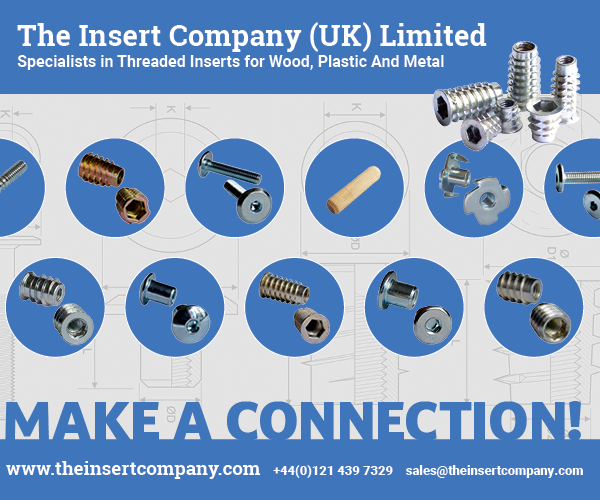Woodworking is an art, a skill, and for many, a livelihood. Yet, amidst the delicate whir of machinery and the rich aroma of freshly cut timber, lurks an oft-underestimated threat: wood dust. This fine particulate matter, a by-product of virtually all woodworking processes, not only impacts the quality of finished products but also poses substantial health and safety risks to those in the industry. The importance of effective dust extraction, therefore, cannot be overstated, and the UK’s Health and Safety Executive (HSE) guidelines around Local Exhaust Ventilation (LEV) and woodworking dust stand testament to this fact.
The hidden hazards of wood dust
At first glance, wood dust may seem benign, but prolonged exposure to these tiny particles can lead to a variety of health complications. Inhalation of wood dust has been linked to respiratory diseases such as asthma, bronchitis, and nasal cancer. Certain wood types, like oak and beech, have even been classified as carcinogenic to humans when their dust is inhaled. Beyond the immediate health threats, a thick layer of accumulated dust can also become a fire hazard, especially in the presence of sparks or high temperatures.

HSE’s stance on dust extraction
Recognising these potential risks, the UK’s Health and Safety Executive (HSE) has laid down specific guidelines concerning woodworking dust and its effective extraction. Central to HSE’s guidance is the implementation of Local Exhaust Ventilation (LEV) systems. These systems, when correctly designed, installed, and maintained, effectively capture and contain wood dust at the source, preventing it from dispersing into the workshop atmosphere.
The HSE recommends regular inspection and testing of LEVs – at least once every 14 months – to ensure their continued efficiency. This not only safeguards the health of woodworking professionals but also ensures that businesses remain compliant with the law. Failure to adhere to these regulations can result in heavy penalties, showcasing the gravity with which the HSE views this issue.
“As one of the UK’s leading support providers for the woodworking industry, Daltons Wadkin service engineers are trained P601 LEV testing engineers”
Benefits beyond health and safety
While the primary motivator for effective dust extraction is undeniably the health and safety of individuals, there are secondary benefits as well. Proper extraction can significantly improve the quality of finished wood products. Dust-free environments ensure that paint, varnish, and other finishes are applied smoothly, free from unwanted particles that might mar the surface. Furthermore, machinery lasts longer and functions more efficiently without the persistent wear and tear caused by dust accumulation. This translates to cost savings in the long run, an aspect every business in the woodworking industry can appreciate.
How Daltons Wadkin can help
As one of the UK’s leading support providers for the woodworking industry, Daltons Wadkin service engineers are trained P601 LEV testing engineers. LEV testing can be scheduled as part of complete workshop maintenance program so customers get the most efficient and safe service possible.
The company also offer a range of dust extraction solutions. To serve individual machines, iVision units are special high-pressure systems which are especially effective when extracting from vertical panel saws and CNC routers, dealing with different types of airborne contaminants, not just woodworking dust, but also plastics, composites and metal.
For larger set ups, a fully integrated LEV system is ideal. These are stand-alone, purpose-designed, extraction systems with externally located collection bins complete with purpose-built ducting and manifolds to suit each machine. Flow rate gauges can also be installed at each machine to give operators a quick visual indication of whether the system is working optimally.
In conclusion
Woodworking, as a profession, brings forth many joys and challenges. The menace of wood dust, however, is one challenge that can and should be efficiently addressed. Through rigorous adherence to the HSE’s guidelines and by investing in effective dust extraction systems, the woodworking industry can carve a path that is not just creative and profitable, but also safe and sustainable.
Remember, a clear, dust-free environment is not just a regulatory mandate; it’s an investment in the health of those who breathe life into wood.
0115 986 5201









